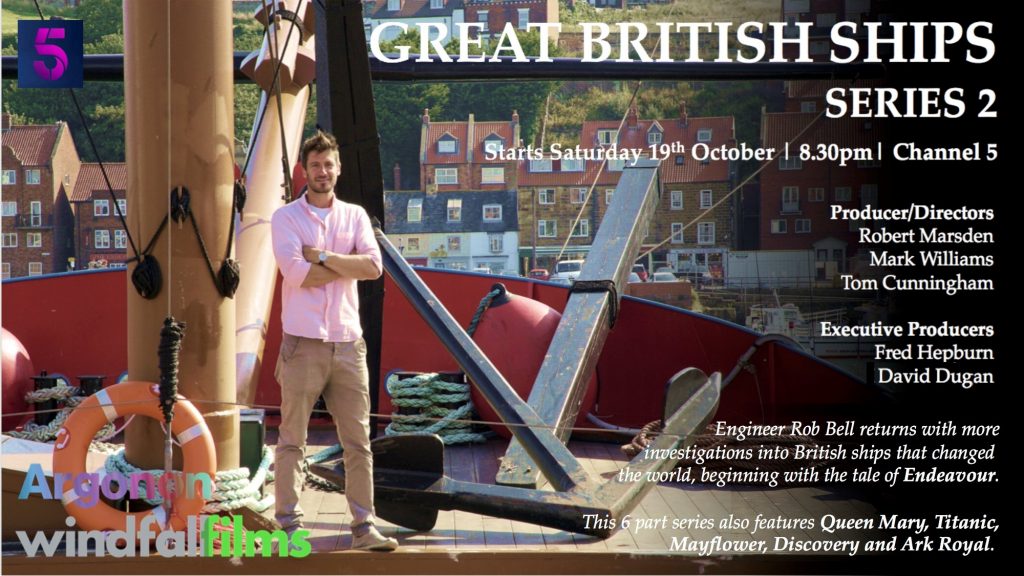As we look to the future where the world’s population is rising and the per capita wealth of the planet is similarly rising. To do this we have to focus on how we look after our world’s seas and oceans.
Maritime Engineers and Ship Scientists are trained to understand the engineering challenges of designing ships, floating platforms and the many other types of vehicles and systems that are operated in those oceans. The UK Chamber of Shipping have generated some great content to explore some of these challenges. Follow this link to learn more and watch their video
Looking forward we need to ensure that the development and operation of any system in the ocean is as sustainable as possible. We need to preserve, protect and often clean up the seas. This requires the traditional education of the Naval Architect and Marine Engineer to evolve. At Southampton we are continually looking at the structure and content of our programmes. Our introduction of a set of pathways reflects that. These build on the foundation of engineering science in year 1, the essentials of naval architecture and marine engineering in year 2 and then in-depth pathways focus in years 3 and 4. Our modules that make up these programmes reflect the wider environment and societal aspects of engineering as well as the managerial , manufacturing and operational aspects of maritime engineering design
MEng Pathways for our triple accredited degree programme( IMechE, RINA, IMarEST)
- Advanced Computational Engineering
- International Naval Architecture includes a semester abroad
- Marine Engineering and Autonomy
- Naval Architecture
- Ocean Energy and Offshore Engineering
- Yacht adn High Performance Craft
Our pathways reflect the challenges we face and equip our graduates with the skills to play their part in the national and global maritime sector . All can be taken with an industrial placement year at the end of the 2nd or 3rd year. Over the next few posts we will be introducing each of these programmes and linking to our staff’s active research interests that support our teaching.
If you want to find out more our Admissions Tutor will be doing a live presentation that you can sign up for or why not visit us in person on Saturday 9th October. You can chat to us, our students and visit our world class facilities on the Boldrewood Innovation Campus that we share with one of the world’s leading ship classification societies, Lloyd’s Register


